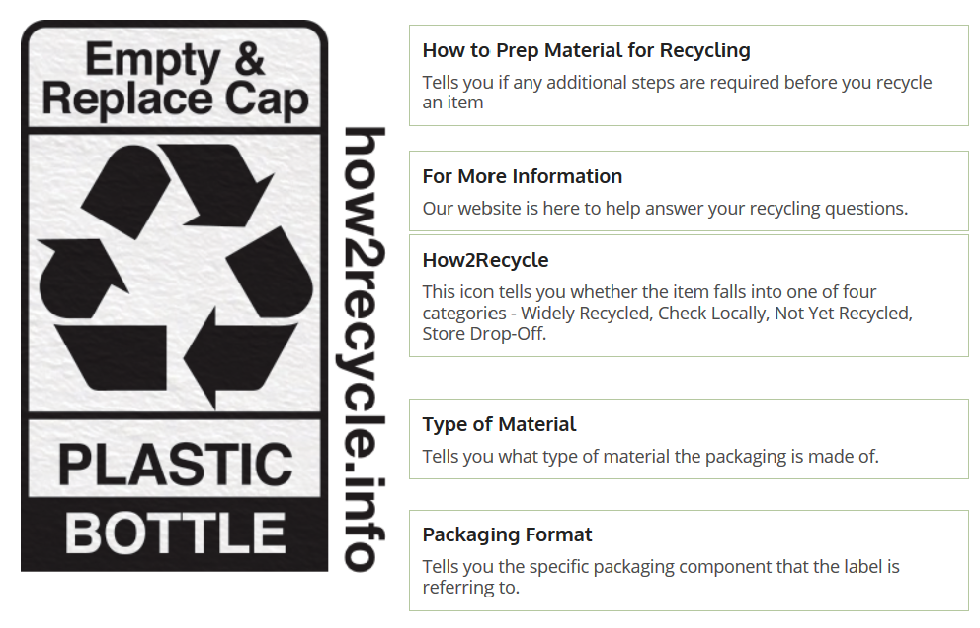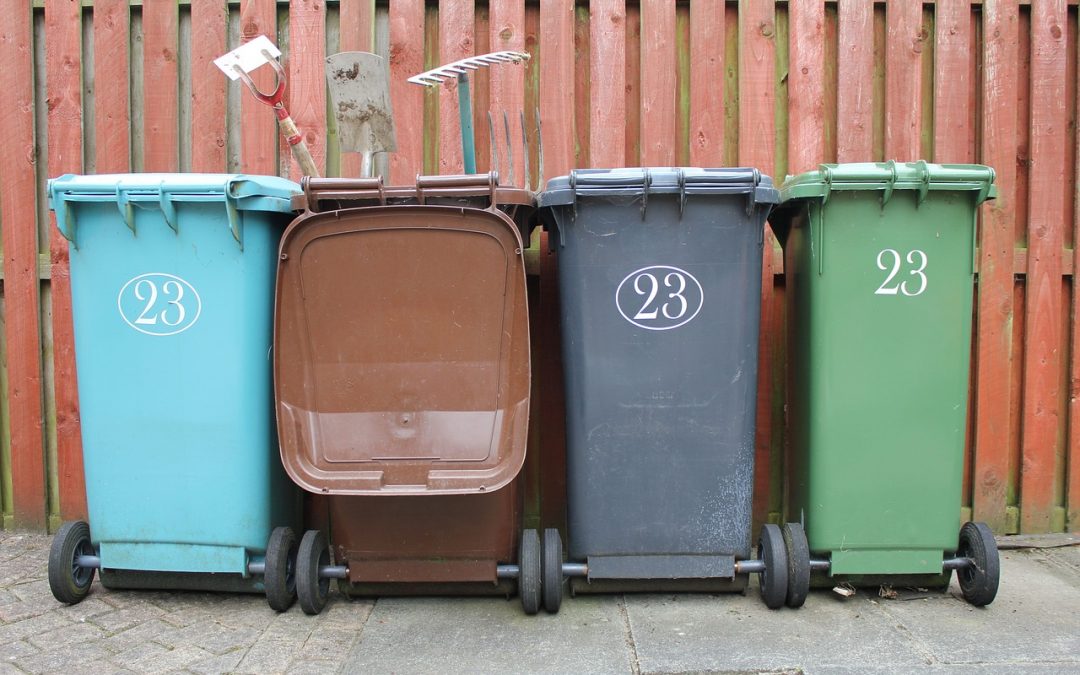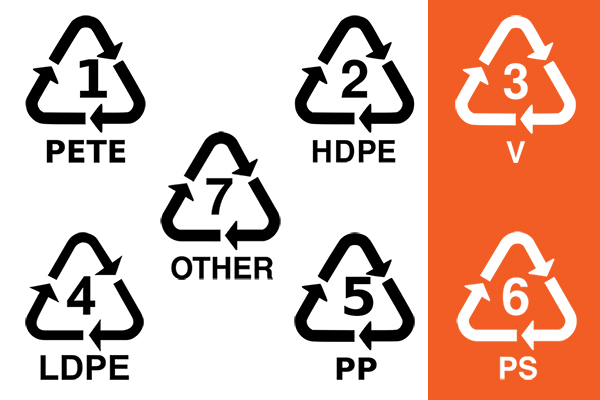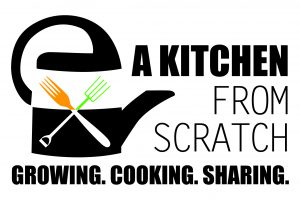The act of recycling does not have to be complicated. If we can identify the three primary sources of waste and where they enter into our lives, then we can target these items. The three primary contributing waste sources are food packaging, product packaging, and organic waste. The challenge is to identify just one item or product and start a new zero-waste lifestyle.
The goal is not to become Lauren Singer, the author of a Zero Waste blog, Trash is for Tossers, who only produced enough trash to fill a 16-ounce jar of garbage in three years. It is to challenge yourself to reduce the amount of garbage and recycle everything you
Minimizing products that create waste is the challenge. Recycling in America is achieved through a waste management system using large colored bins, universally green or blue. Items placed in the trash receptacle, become landfill. Most packaging can be recycled and reused if placed correctly in a recycling bin. Articles from the recycling bins are shipped to a material recovery facility and are sorted, separated, bailed, and reshipped by material type to paying companies who create then new products. Using recycled materials conserves natural resources and reduces the overall environmental impact.
Household Recycling

Recycling at home starts while pushing the cart around the grocery store choosing products. My challenge to you is to look at the universal recycling symbol. Look for items that are made from recycled materials. Choose items in glass or tin that can be recycled easily. Also purchasing non-toxic products whenever possible, it is difficult to recycle products that contain hazardous waste.
The most natural things to recycle are paper, plastic bottles, cardboard, aluminum cans, and some metals. These items can generally go into most recycling bins. Whereas, glass, electronics, and plastic bags need to be separated and taken to a specific recycling drop off points.
rganic materials can be composted. Composting kitchen, garden, and yard waste will improve the environment in your back yard and garden.
The things that can not go into the recycling bin include paper towels, napkins, chip bags, styrofoam, milk or juice containers, wax-lined paper coffee cups, medical sharps, liquid, and light bulbs. Common misconceptions about what can be recycled include paper towels, napkins, chip bags, styrofoam, milk or juice containers, wax-lined paper coffee cups, and light bulbs to name a few. Check out a few alternatives to using these single-use products. Every city’s recycling program is different you have to do the research for your specific area.
The zero waste alternative is to take your containers and purchase bulk items, bring your produce & shopping bags, and to make your self-care products. An unintentional and wonderful side effect is that you will save money, cut out processed foods, use fewer chemicals, eat whole food, and have less waste to deal with –your body will thank you for it.
Rinse and Clean Before Recycling
All items listed below are more likely to get recycled when they are rinsed and placed in the bin so that they do not contaminate other items in the recycling bin. Below is my local waste facility instructions for recyclable products which
- Aluminum cans and clean aluminum foil
- Steel or tin containers
- All plastic containers that are labeled #1-#7 (#3 & #6 vary by location, see example)
- Office paper, junk mail, and newspaper,
- Newspapers, brochures, catalogs, and magazines
- Envelopes, sticky notes, and folders
- Cardboard, cereal boxes, and paper board
Non- Acceptable Materials
The list of non-recyclables is much longer and takes so much more time and
- Plastic Bags: of any kind- even if used to hold recyclables. Simply place recyclables lose in your collection container.
- Shredded Paper (use this for your vermicelli composting)
- Glass bottles or jars– generally have a separate facility drop point.
- Polystyrene and Foam: Cups, packaging materials and peanuts.
- Video and Cassette tapes (do folks still use these?)
- Plastic film: Shrink wrap, saran wrap, film, shipping materials, etc.
- Electronic Waste: Small appliances, microwaves, computers, cell phones, batteries, TV’s, radios, etc.
- Wire Cords and Rope: Extension cords, rope, cable, chains, garden hoses, Christmas lights, etc.
- Textiles: Fabric, clothing, carpet, etc.
- Aerosol Cans (Unless Empty): Including camping fuel containers (small green camping fuel tanks).
- Medical/Bio-Hazardous Waste: Syringes, used oxygen hoses, and masks, IV hoses, etc.
- Wax-coated containers (Milk and Juice Cartons OK): Hot/cold beverage cups, paper to-go boxes that cannot be rinsed.
- Soiled paper products
- Food-soiled cardboard, plates, paper towels, and tissues.
- Construction Debris
- Bricks, wood, sheetrock/drywall, concrete, rebar, shingles, plastic fencing, etc.
- Auto parts: Brake shoes and disc pads, batteries, tires and rims, windshields and plate glass, engine blocks, radiators, alternators and starters (Metal can be recycled by scrap metal recyclers. Batteries can be recycled at auto parts stores. (Check for local recycling options.)
- Miscellaneous Household Items
Plates, dishes, cooking utensils, pots, pans, coffee mugs, thermos bottles, ceramic pots - Liquids: No liquids of any kind.
Recycling In The Community
Recycling at home is a great start. However, getting involved in community recycling projects at schools and local businesses can make an even bigger difference. Vote with your money by supporting the local businesses that are already recycling or use recycled materials.
Labeling on Materials

No comprehensive universal labeling system for recycling exists making it difficult to know what to do with products. The How2Recycle company in North America created a label to provide consistent and transparent on-package recycling information to consumers. Though many companies are starting to change labels we still have a long way to go in our recycling efforts as a society. Look for products that have this label to make reycy
Recycling and reusing materials are excellent for the economy and the environment. My challenge to you is to identify your primary sources of waste and reduce or eliminate it. Also to learn about your local recycling options to reduce waste going straight to the dump or local landfill.
~Janine



